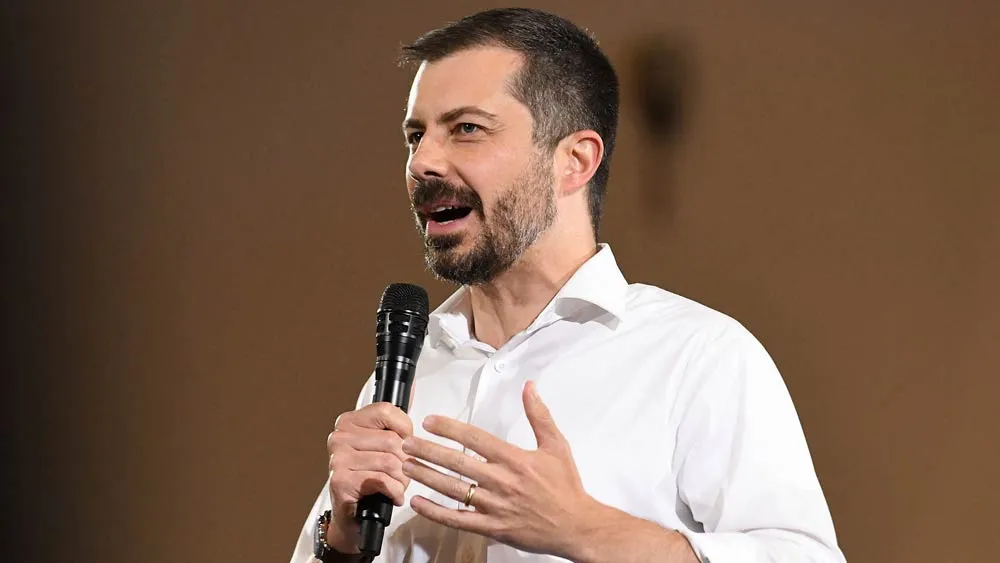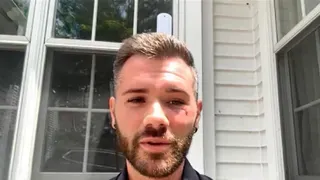April 23, 2017
Play 60: Battling Youth Obesity and Lack of Fitness
Barry Wilner READ TIME: 5 MIN.
When the NFL launched Play 60 a decade ago as a way to get American youth active, the league had no idea what reach the program would have.
Ten years later, millions of youngsters and 73,000 schools have become involved. Affiliations with such organizations as the American Heart Association and the National Dairy Council have helped make Play 60 one of the nation's most effective youth health and wellness initiatives, focusing on fighting obesity and encouraging children to be active.
"When the goal is healthier lives, being active physically, the NFL has that magic with kids and with adults," says Nancy Brown, CEO of the American Heart Association.
"They have this incredible ability to use their players and their local teams to reach youth and adults. The ability we have to create content has helped make this program magical. When players go into schools, the children just light up. To be a well-conditioned athlete requires an intense level of physical fitness. The players are able to inspire the kids, and Play 60 makes it fun, not a chore or a task, to be active and healthy."
Future NFL players will increase Play 60's presence in Philadelphia next week. While there are more than 2,000 Play 60 events held annually, including a virtual field trip during Super Bowl week that was livestreamed to nearly 3,000 classrooms and more than 250,000 students, draft week is a focal point.
So 22 top prospects will be, uh, active from the time they get to Philly until the moment their names are called in the draft. They will participate in Play 60 events ranging from a visit to children's hospitals to clinics involving hundreds of local school children to attractions at a Play 60 Zone designed to test kids' fitness and football acumen.
The league expects thousands of youngsters to be reached by Play 60 in Philly.
"It's kind of amazing to me," says NFL senior vice president Anna Isaacson, who helped launch Play 60 in 2007 in New Orleans, with Drew Brees as its main spokesman. "I've been doing this for 10 years, but it was one of those campaigns we didn't really know where it would go. The impact it has had has been very rewarding.
"It is one of those projects we gave room to grow. We didn't know how big it would become or what it would be, that kids across country would come to know what Play 60 means. It was not something in which we knew we would see immediate success.
"Changing health habits of kids is hard. ... I think we saw immediate success in terms of players really gravitating to it, talking about what they ate when they were young, activities they did when growing up. And then kids took to it quickly.
"But it takes time to see a change and an impact."
According to the Cooper Institute, a nonprofit that promotes life-long health and wellness through research and education, from 2011-2015, there were significant annual improvements in aerobic capacity and body mass for students at schools participating in Play 60 compared to non-participating schools.
The institute, with its NFL Play 60 FitnessGram Project, used data from more than 1,000 schools and found Play 60 "a potential viable intervention to help improve youth aerobic capacity."
"The important point overall is that Play 60 offers opportunities to get schools moving on the health risks to our kids and their future health," says Cooper Institute CEO Dr. Laura DeFina.
"It was really innovative of the NFL, and they wanted to quantify if these programs do work. This looks at all kids in a nonjudgmental manner and also looks at, are they in the health fitness zone?
"Having the NFL programs, Play 60 and the Play 60 Challenge (in partnership with the AHA) and Fuel Up to Play 60 (with the NDC) did make a difference in the schools where it was implemented, and (showed) the gap between the kids who are fitter and others who are not in these programs and who are not as fit."
DeFina adds that generally as youngsters age and get into high school, they tend to become less fit. The institute's studies show that teens need to be a focal point.
But she's hopeful that programs such as Play 60 will change those trends, too.
"With the kids starting in elementary school, 10 years from now we might not see this," she says.
The NDC has a wide range of student-led initiatives in its Fuel Up to Play 60 program. Student ambassadors engage and empower peers to take action by implementing long-term, positive changes to the nutrition, physical activity and overall wellness within schools. Then, supported by program advisers, educators in the school help students build teams, execute activities, even apply for funding to support wellness improvements.
"Fuel Up to Play 60 was developed to provide youth with opportunities to have better, quality nutrition from nutrient-rich foods as well as regular physical activity to achieve 60 minutes each day," explains NDC President Jean Ragalie-Carr.
"It is also about empowering youth to be proactive in creating opportunities when it comes to the health and wellness environment in their school, in their home, and their community.
"When the NFL launched the Play 60 program, with a focus on combatting the physical activity issue as it related to obesity, we knew we had an opportunity to bring our nutrition expertise to the program to make an even broader impact.
"National Dairy Council, together with state and regional dairy councils, have more than 100 registered dietitians on staff, and it makes us uniquely positioned to be part of the broader wellness discussion with schools and with many national and local health, wellness and educational organizations."
Perhaps the biggest challenge to getting kids in shape and keeping them that way is cultural. Sitting on a couch and playing video games comes naturally to America's youth.
So the AHA is using technology to tackle the task, creating an app that provides youngsters with "a gamefied way to get involved in physical activity," Brown says.
"We've gotten lots of positive response from the app; the app can live outside of school," Brown adds. "Parents like it, because if there's no prying your kid away from a mobile device these days, so if a way those devices can lead to doing Play 60 or physical activity, this is a plus."
The hope for all concerned is that as Play 60 grows, youth obesity and lack of fitness significantly diminishes.
"Play 60 has provided a straightforward, simple message and solution to youth under a recognizable brand," Ragalie-Carr says. "The program has provided an opportunity for youth of all demographics and abilities to participate because of its scalable and customizable format, which has made it accessible to almost every young person throughout the country."






